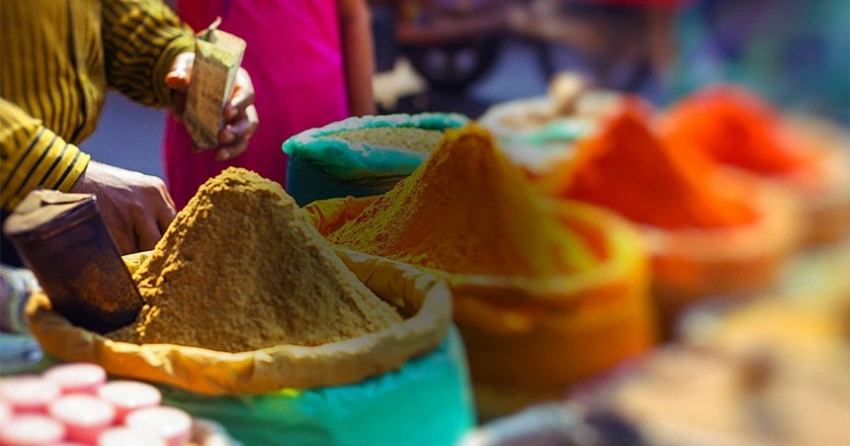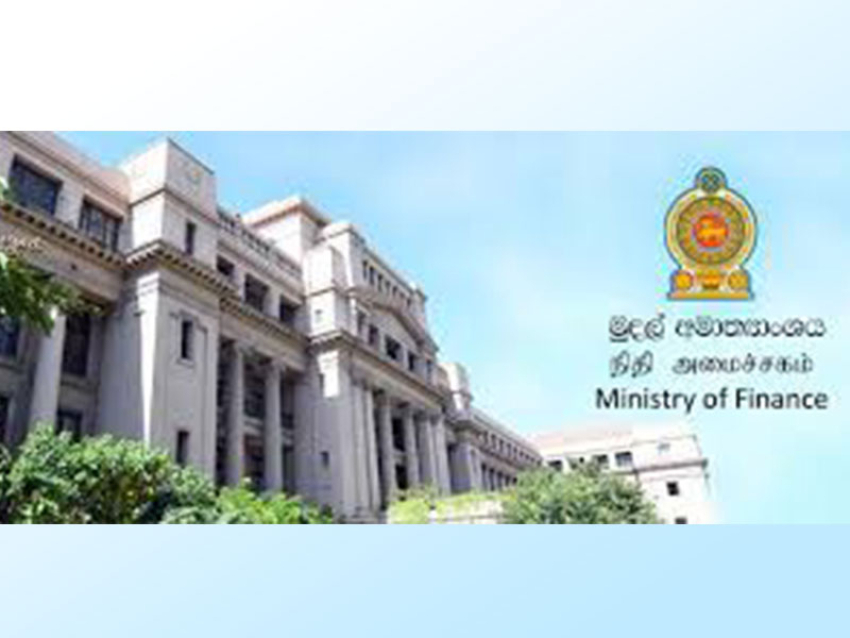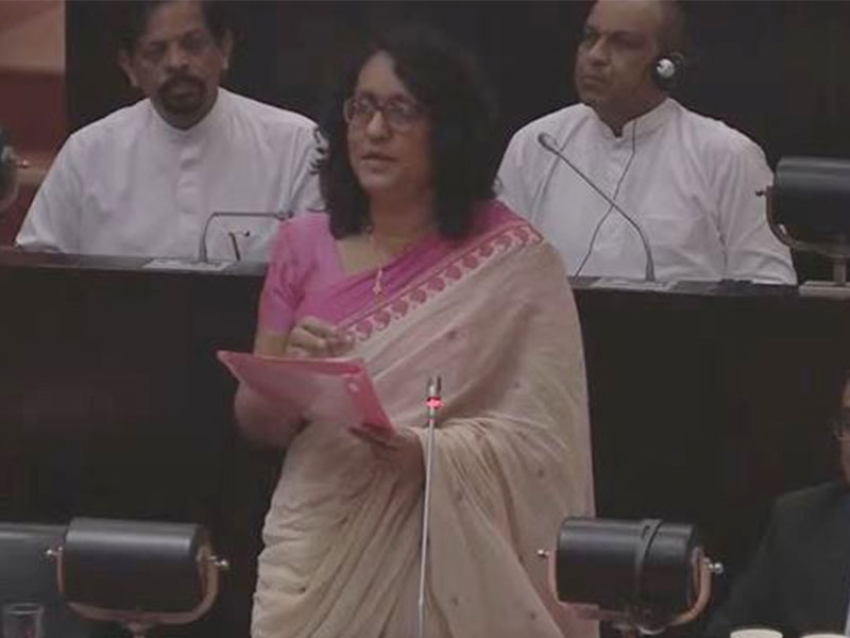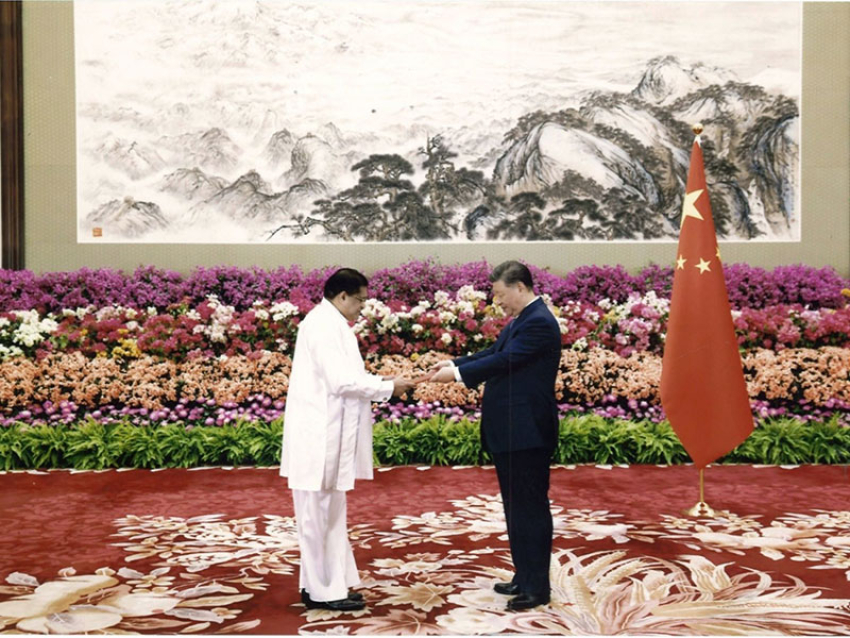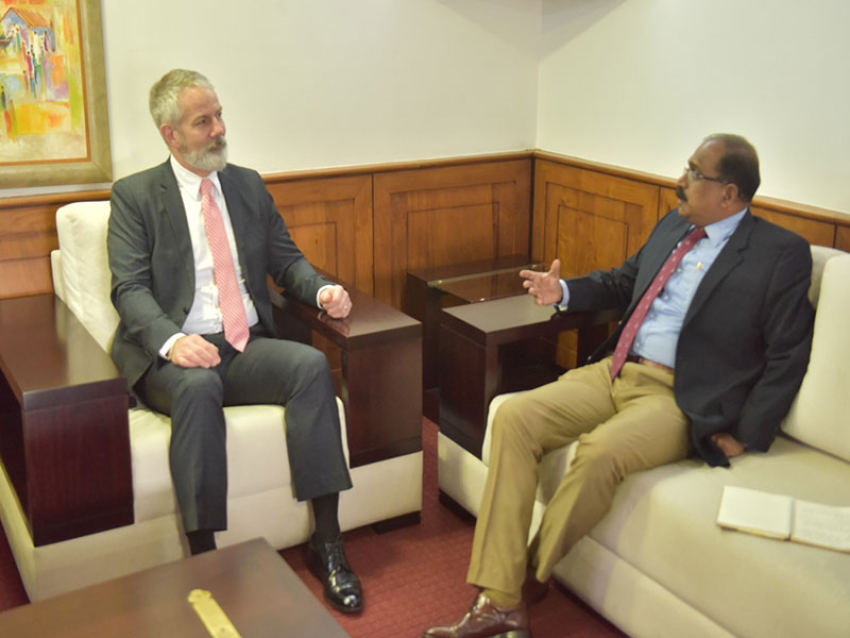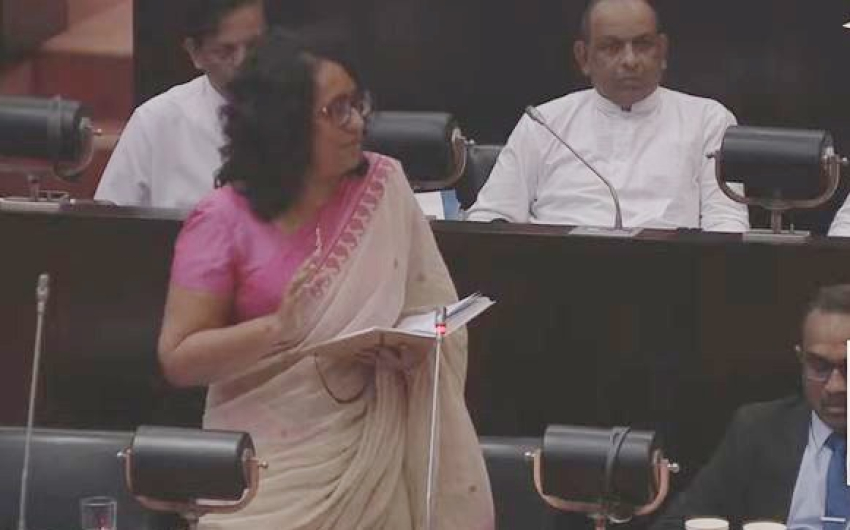The world’s insatiable appetite for spices sparked trade routes that now span the globe.The spice trade redrew the world map and came to define our global economy.Nearly 2,500 years ago, Arab traders told stories of the ferocious cinnamon bird, or cinnamologus. This large bird made its nest from delicate cinnamon sticks, the traders said. One way to get the cinnamon was to bait the cinnamologus with large chunks of meat. The birds would fly down from their nests, snatch up the meat, and fly back. The precarious cinnamon nests would collapse when the bird returned weighted with its catch. Then quick-witted traders could gather up the fallen cinnamon and take it to market.
As enticing as the tale is, the fabled cinnamologus never existed. The story was most likely invented to ward off curious competitors from attempting to seek out the source of the spice. For many years, the ancient Greeks and Romans were fooled. It might seem odd that something as seemingly inconsequential as a spice – a food flavouring or something to burn to add aroma to the air – would need such jealous guarding with elaborate tall tales.
But the world’s demand for spices grew throughout the Roman era and into the medieval period, defining economies from India to Europe. This demand gave rise to some of the first truly international trade routes and shaped the structure of the world economy in a way that can still be felt today. Those who controlled the spices could divert the flow of wealth around the world.
But the secret of the origins of spices such as cinnamon could only be kept for so long. In 1498, the Portuguese explorer Vasco da Gama made the first sea voyage from Europe to India, via the southernmost tip of Africa. The mission was driven by a desire to find a direct route to the places where spices were plentiful and cheap, cutting out the middlemen. His arrival on India’s Malabar Coast, the heart of the spice trade, marked the start of direct trading between Europe and South East Asia.
Da Gama’s voyage, and that of his country, was a heavy blow to the Arab traders. As well as their financial loss, da Gama maintained a bloody attack on Arab merchants at sea in order to establish and defend the new spice route from India to Europe.
The flow of spices from one part of the world to another sparked the need to develop extensive infrastructure on land and by the coast, says Marijke van der Veen, emeritus professor of archaeology at the University of Leicester. This began in the Roman period, extending through the middle ages.
“This is very much the start of globalisation,” says Van Der Veen. “We see that even more significantly in the medieval period.”
The result was a lasting change to people’s diets in Europe, which became a lot less bland and monotonous. But more importantly, spices became another way to define what it meant to be wealthy and powerful. This came with a profound social, emotional and economic impact in Europe, says Van Der Veen.
“Spices give the elites opportunity for extravagant display,” says Van Der Veen. “And it emphasises to everybody else that it is out of reach.”
As a result, the hunger for spices went well beyond their aromatic flavour. While spices had been consumed in Asia for most likely as long as there had been people living there, in Europe they became a new symbol of high social status.
“The consequences of these trivial products – trivial in that you don't need them for nutrition – are cataclysmic,” says Paul Freedman, a historian at Yale University. “They were the first goods to have such dramatic and unanticipated consequences.”
Those consequences included the colonisation of the New World, after Christopher Columbus took a wrong turn in search of spices, heading westward instead of eastward to reach the Americas.
Compared with its turbulent beginnings, the nature of the spice trade is almost unrecognisable today. Spices are now accessible and ubiquitous, found everywhere from supermarket aisles, corner shops and take-aways to fine-dining restaurants. Where sailing Da Gama’s sea route took months, spices can now be flown across continents in a matter of hours.
But some things have remained constant throughout the centuries, including the place that has remained the heart of the trade – India.
India’s history as a spice-producing nation is largely down to its climate, which is varied and ideal for growing a range of different spice crops. For example, turmeric, one increasingly valuable spice, grows well in India’s tropical, high-rainfall regions, whereas spices such as cumin flourish in cooler and drier subtropical areas.
Many spice farms in India are historically small and family-run. But fluctuations in the value of spices on the open market can make farmers’ incomes more precarious.
“Some of the biggest pressures on the industry are around climate change – more extreme weather patterns, flooding, hurricanes, droughts in different parts of the world,” says Anne Touboulic, a global food supply chain researcher at the Nottingham University Business School. “That will affect rural crop production, which would in turn have an effect on how much spice can be supplied, and then on prices.”
Many of the challenges for spice growers are shared by farmers of other crops. Overuse of nitrogen fertilisers, water shortages and the loss of pollinating insects. But combined with the high price of spice crops, these pressures on supply can have a knock-on effect.
Outside India, one example of this is Madagascan vanilla. Natural vanilla is one of the most expensive spices in the world, with ripe, high-quality vanilla exceeding the price of silver to become worth more than $600 (£445) per kilo in the summer of 2018. A cyclone in 2017 in Madagascar, which produces the majority of the world’s vanilla, hit the vanilla crop hard and caused prices to surge.
“The price of vanilla has risen because it is in high demand, and it is becoming a lot rarer because of extreme weather in Madagascar,” says Touboulic. “What that means is there are a lot of farmers going into vanilla to produce the bean and earn a living.”
But to grow the crop you need space, and the land to grow the vanilla has to come from somewhere.
“There are beautiful forests in Madagascar, home to all sorts of interesting ecosystems,” says Touboulic. “You see them being cut down.”
As well as being devastating for wildlife, including several endangered species, deforestation threatens future production of vanilla. The forests of Madagascar provide the right amount of rainfall, humidity and nutrients in the soil for the vanilla plants to grow. Disturbing Madagascar’s delicate ecosystem also disrupts the finely-balanced conditions needed for vanilla growing in the first place.
“You can't blame the vanilla growers for doing it,” says Touboulic. “All they want to do is survive.”

